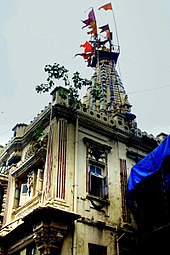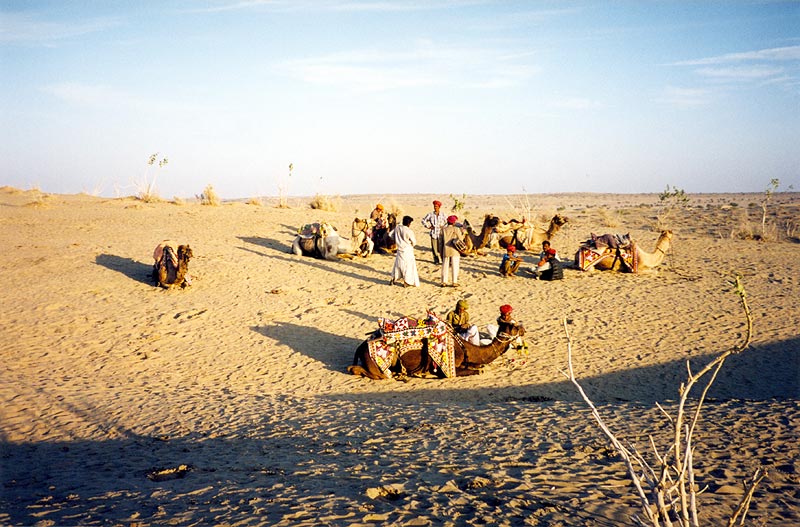India's boasts of one of the world's fastest growing economies and though India has averaged an annual growth rate of 9% in recent years there is still a vast majority of the country that lives below the poverty line and have little benefit from the economic boom. One of the largest challenges faced by the Indian government is to spread the bounty of the economic success across all margins of society. This comes across as a challenging task as it has been estimated that the poverty in India is set to rise if its population growth is not stopped in time.
History and Culture of India
Delhi, India's capital city has not always been its capital but has been an important gateway city and has immense historical and cultural significance. The city is the political seat of India and is famous for its many historical monuments like the Red Fort, Jama Masjid, the India Gate and Qutub Minar to name a few.
Indian Religion
India is also known for being a secular nation and has people from faiths ranging from Hinduism, Islam, Sikhism, Christianity, Buddhist, Jains and Parsis. Indian Religion is a way of life in India to the extent that rivers are held sacred, cows are worshipped and worldly sins washed away by a dip in the River Ganga.
Tourist Destinations in india
Owing to its extreme diversity, India makes an interesting tourist destination as it can offer tourists snow capped mountains, sun kissed beaches, intricately designed temples, forests bursting with flora and fauna and mouth watering cuisine that would want people to come back for more. Travellers like Megasthenes and Ibn Batuta have travelled through India and have not failed to be impressed.
Over the years, India has attracted travellers from all over the world; be it Fa Hien, who came from China in search of Buddha's serenity, to Nadir Shah, Muhammad Shah Ghauri to Babur (the first Mughal), and Vasco De Gama, to the British East India Company. Even popular American writer Mark Twain said of India "Nothing has been left undone, either by man or by nature to make India the most extraordinary country that the sun visits on his round".


















